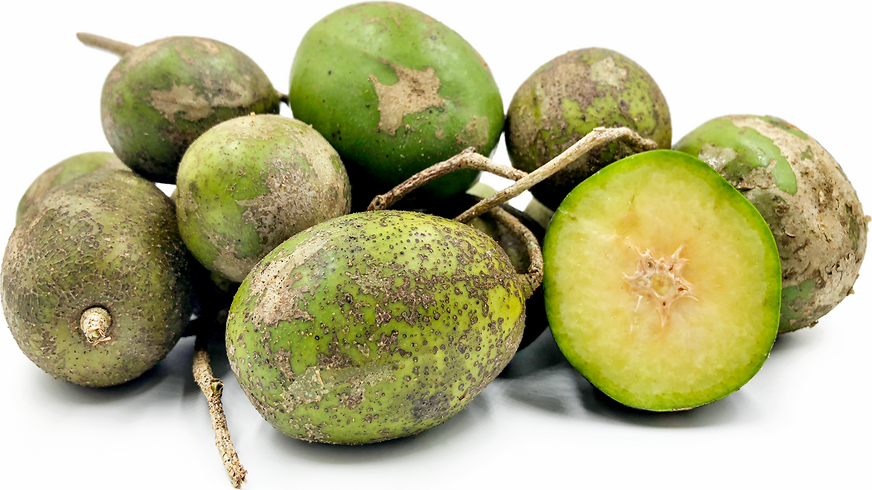With only two seasons, monsoon and dry seasons, Indonesia is home to various ranges of tropical fruits essential to pack up your daily nutritional intake.
This is a much pivotal time to include more fruits so that your immune system is kept strong during this eerie era. Perhaps you’ve seen your fair share of these tropical fruits and their striking, unusual textures, colours, shapes, and sizes. Make time of your stay in this lovely tropic wonder by discovering then pleasing your eyes and taste buds with as many exotic, tropical fruits. Here are the top 10 tropical fruits in Indonesia you should try at least once in your life.

Durian
Are you a durian die-hard lover, a hater or someone who loves the taste but can’t bear the smell? You either love or hate durian for its strong aroma and unusual yet creamy yellow-ish flesh. In fact, some people’s nausea may be triggered by smelling this exotic fruit a few metres away! Durian has a heavily spiked exterior so please be careful to buy and hold it. But you can always opt for already opened durian in the supermarket.
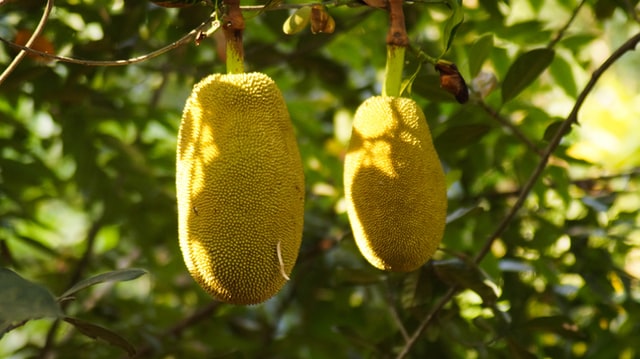
Nangka or Jackfruit
Best consumed when it’s cold and fresh in beverages, a jackfruit has yellow-reddish flesh of fruit inside that contains a sweet (nectar) liquid. This fruit can also be dried into chips, or blended into juice. Moreover, you can consume the seed to add in an extra source of carbohydrates.
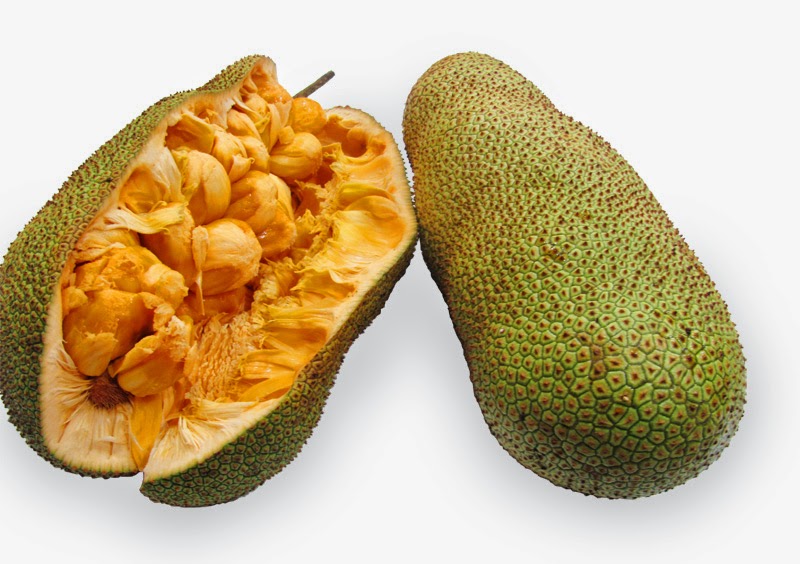
Cempedak
Grown in South Sumatra, North Sumatra, Bangka Island, and Belitung Island, the cempedak fruit is shaped long and round in a green, yellow to brown colour. It looks similar to jackfruit but the cempedak’s skin is thinner and less rough but is a lot sweeter in terms of flavours compared to a jackfruit. In addition, cempedak seeds can also be eaten after being boiled.
Kedondong or Ambarella
Kedondong is ripe when it turns green. Its flesh is crunchy, sour, and high in vitamin C. Normally, Indonesians enjoy this fruit in a local fruit salad with peanut sauce called “rujak”. But you can have it pickled too. You can find this in traditional markets as well as supermarkets as the locals believe consuming this exotic fruit may improve the digestive system and can help cure anaemia. Make sure to peel the skin off and chop it out by a knife first because smooth thorns are found inside.
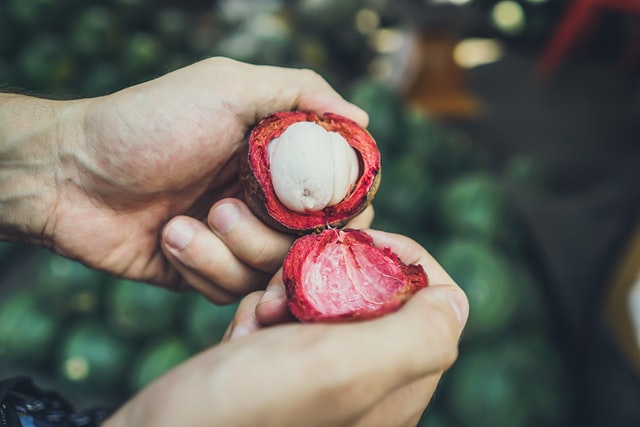
Manggis or Mangosteen
Famous for being the “Queen of Tropical Fruit” based on its appearance, this purplish red exterior with white flesh inside being ripe is sweet and slightly sour. Open it by pressing between your palms. Ensure to be careful as it exudes a reddish sap that can stain clothes. Mangosteen is also used in local traditional medicine to improve skin and digestive problems.
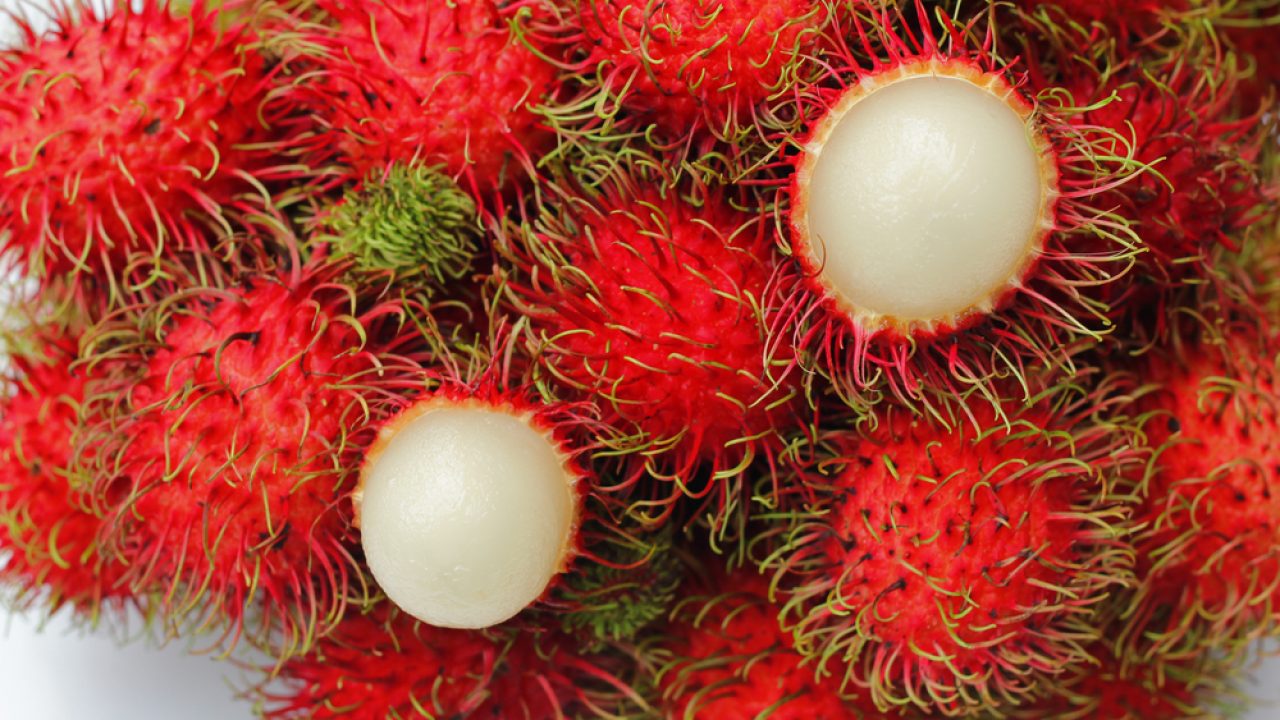
Rambutan
Rambutan in direct English translation means hairy, which depicts the texture of this exotic, red round fruit. Internally, it’s white almost transparent flesh is sweet and succulent. Keep an eye out for the rambutan season in December to March. Black ants tend to favour the fruit and tree’s sap by clinging onto the leaves and fruit’s hairs even after it’s washed.
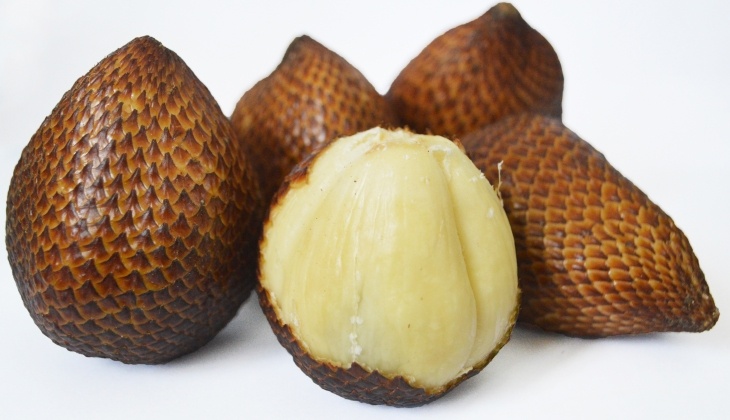
Salak or Snakeskin Fruit
This unique-looking fruit has skin resembling tiny snake scales and a colour that ranges from reddish to dark brown. Snakeskin fruit has a pointed top that eases squeezing and is peeled by hand until a thin layer of silky membrane is gone. Its white flesh tastes according to which species it is; sweet or sour with a slightly starchy consistency, a mix between pineapple and Royal Gala apples.
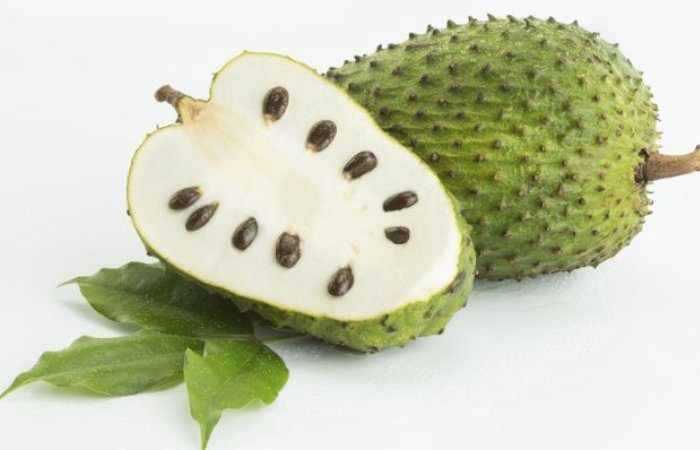
Sirsak or Soursop
Served as a refreshing summer drink often blended with sugar syrup, this exotic fruit is used to treat mouth ulcers by the locals. You can either pinch and peel by hand or slice it open and dig in with a knife and fork – you’ll be greeted by pulpy and juicy flesh.
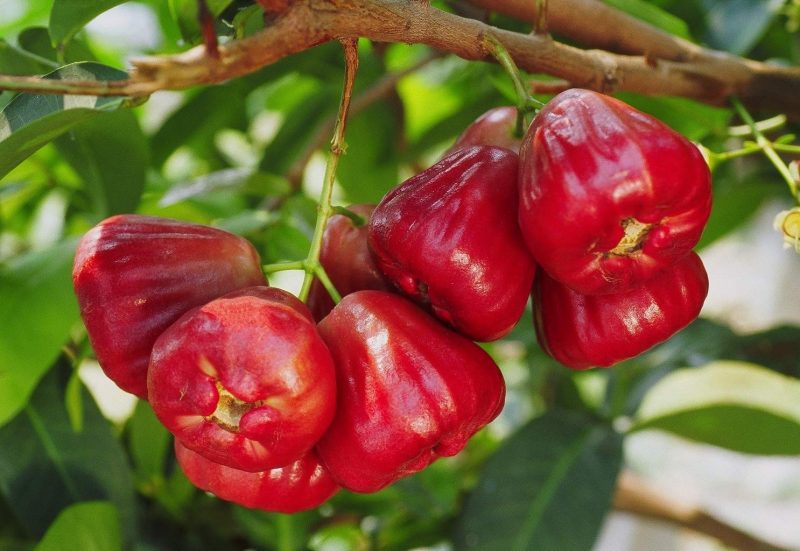
Jambu Air or Water Apple
This fruit is also well paired in a “rujak”, a salad mix with a blend of sugar, chilli, shrimp paste and salt. A water apple has a watery white flesh of the fruit with pink-reddish skin on its outside. You can even find it in your neighbour’s yard!
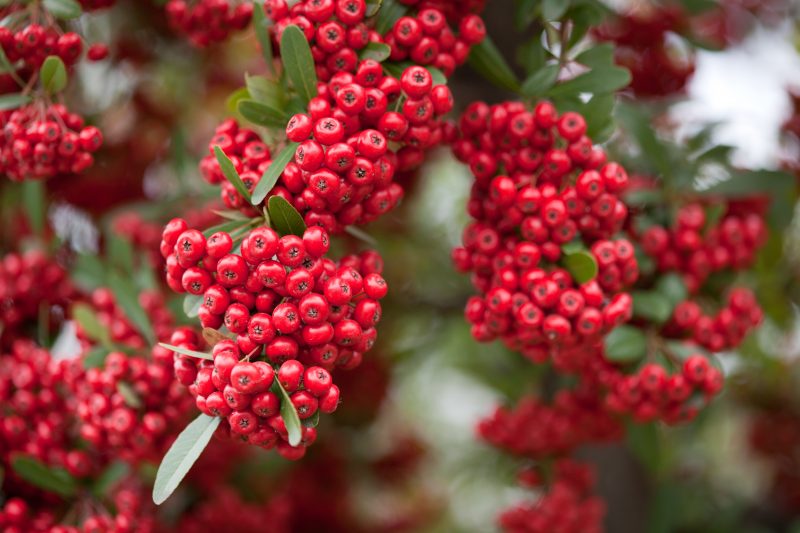
Buah Boni or Boni
Buah boni can be sour but it can also be a sweet fruit. Bunches of small and round berries in white, red and black is high in vitamin C and used as a local remedy for hypertension. To enjoy it as the locals do, they love including it into a “rujak”.





